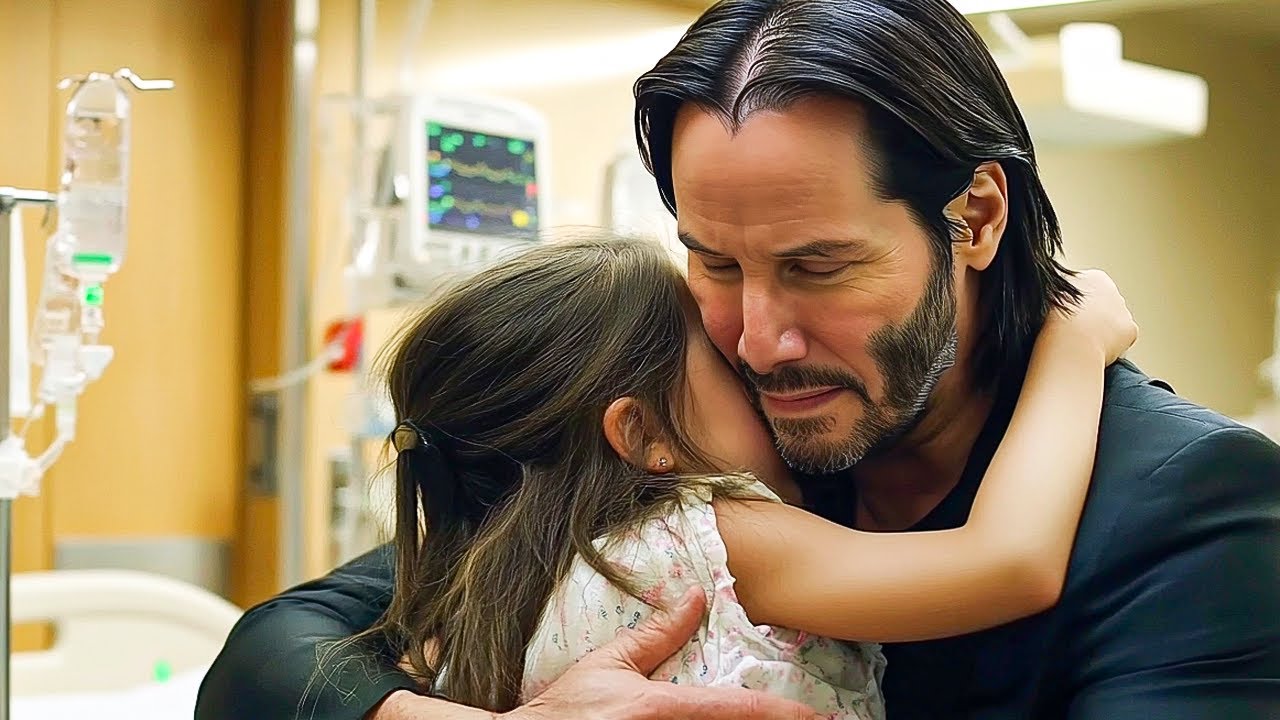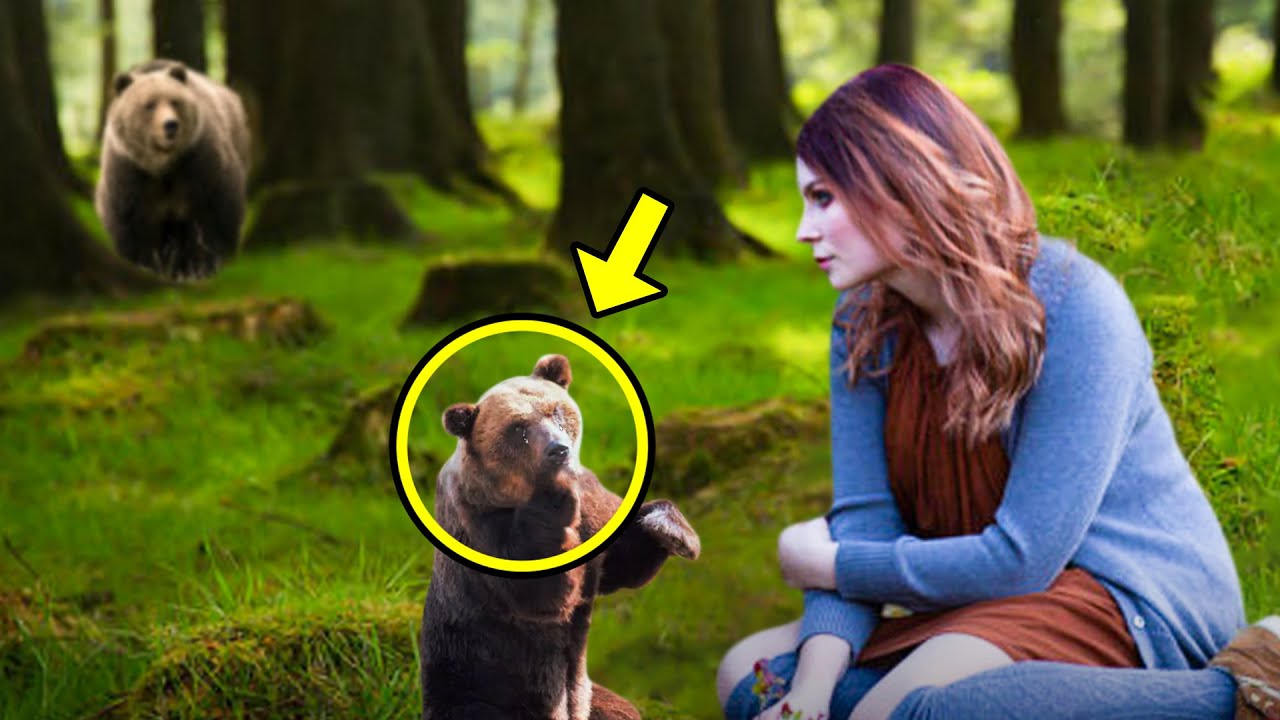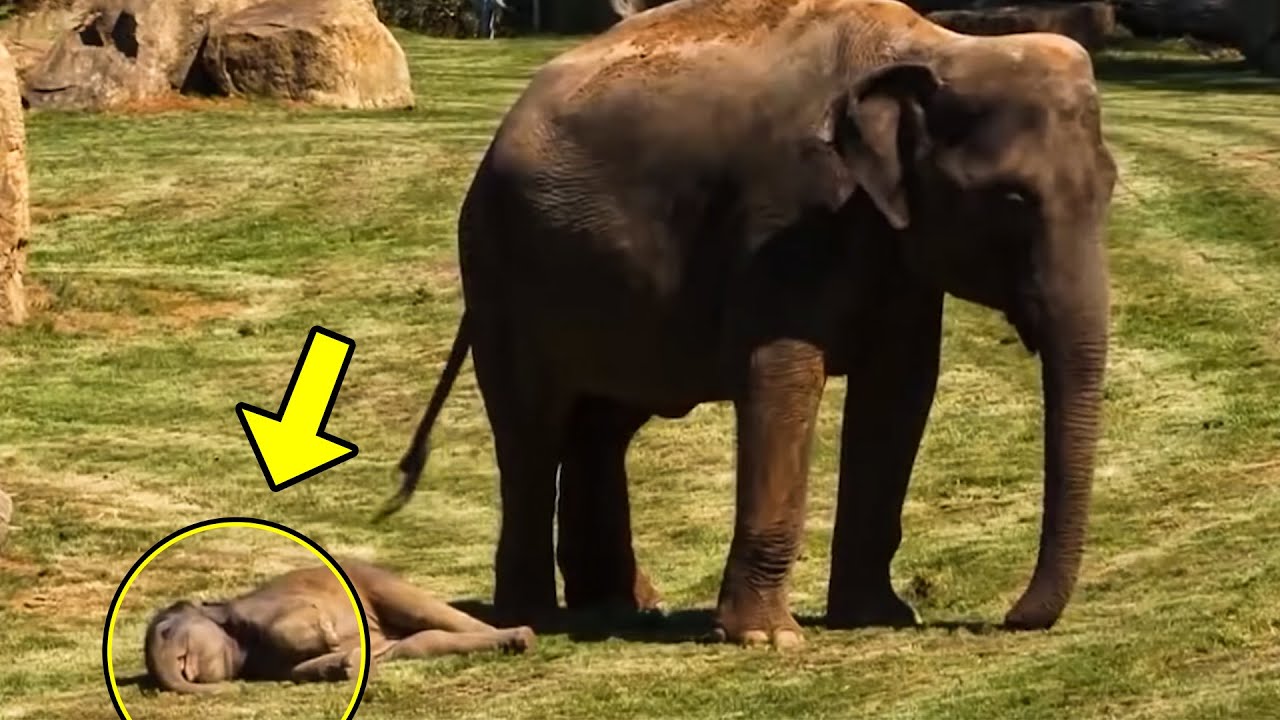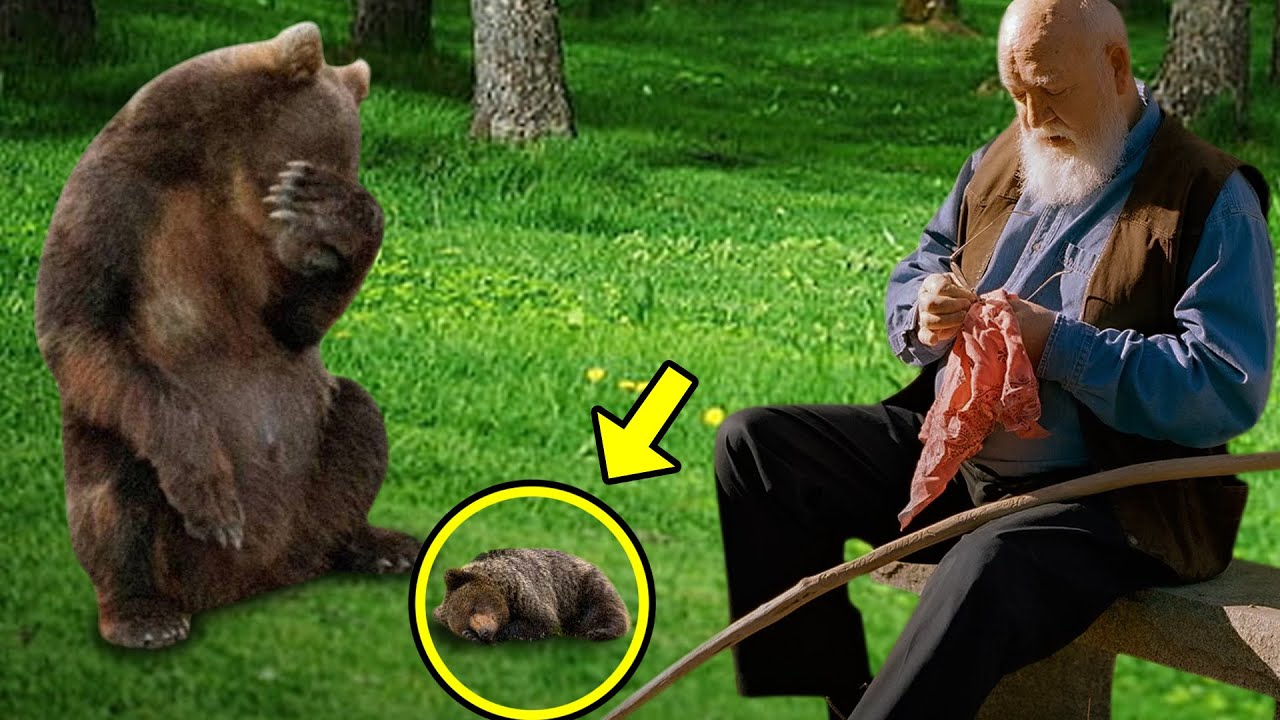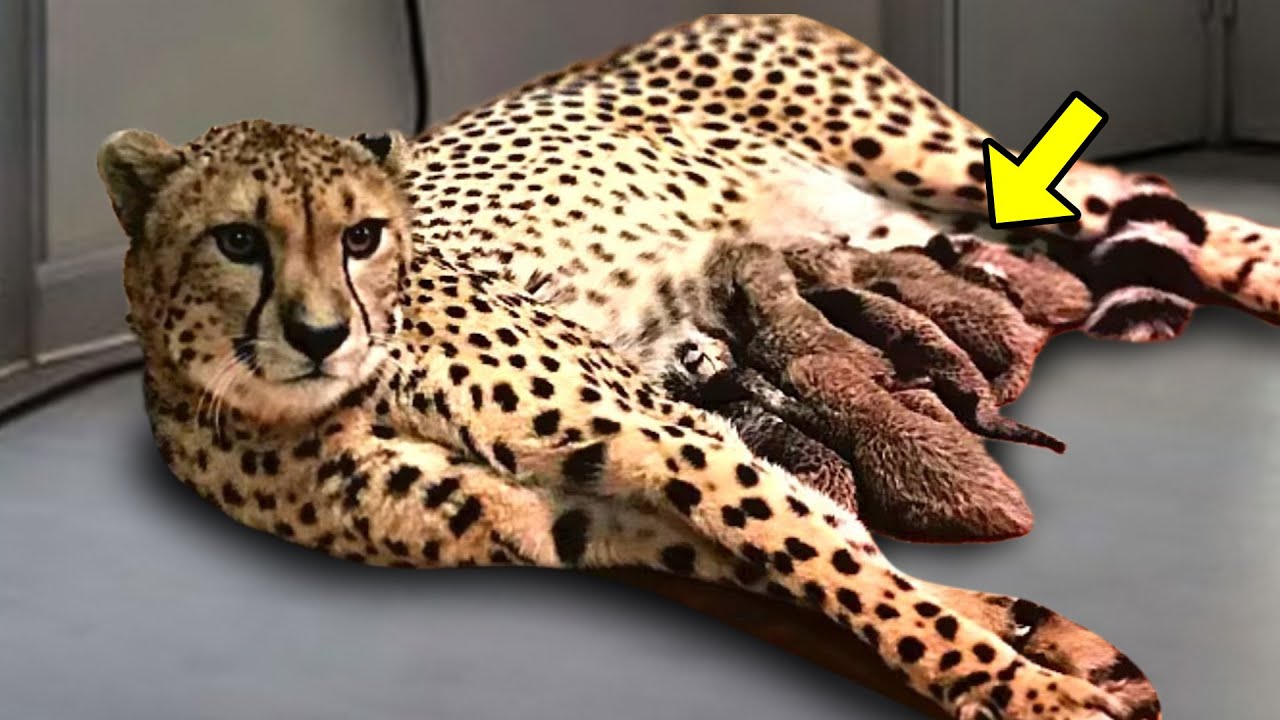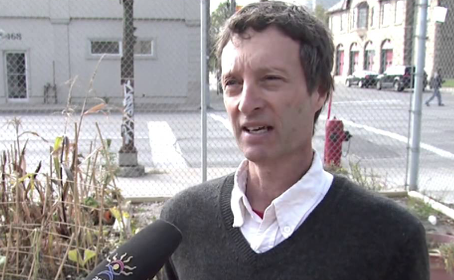
Every now and then news accounts carry a story about how some plant, insect, and animal is dying out and fast becoming endangered or extinct. There are never any positive stories about how some previously extinct plant has been re-born or brought back into existence, until now.
This seemingly unbelievable tale first began a few years back, in 2008, when a group of archaeologists were conducting a dig on First Nations (Native) land in Wisconsin. During the course of the dig they came across a small clay ball, no larger than a tennis ball, which had been used to store a few handfuls of seeds.
Those seeds were carbon dated back to 850 years ago and identified as “Gete-okosomin,” a type of squash that had not been grown, eaten, or seen by anyone for hundreds of years. The ancient seeds were given to a Native group, who in turn dispersed them to several groups and individuals, all whose goal was to bring them back to fruition.
Eventually the Canadian Mennonite University came to possess some of the heirloom seeds and they gave them to a group of students in Winnipeg, Canada, who were studying and learning about healthy foods. The students planted the seeds in the school garden and tended to them as the plants grew and matured.
By the end of the semester the once extinct squash plants had yielded quite a few orange and yellow streaked, large, tasty squashes. To celebrate their successful growing season and harvest, the students decided to host an end of semester feast. The menu was full of all the healthy foods they had learned about and, above all else, it featured the extremely rare and ancient squash.
Finally, a story about how something that was once extinct was successfully brought back into existence without any modifications or bio-genetic type of alteration. This simple, positive story is just what the world needs this time of year.
As people all over America are about to gather for Thanksgiving and dig into a feast of delicious foods, that likely includes some type of squash, they should remember what the day and coming together is all about. Brian Etkin, the Coordinator of the Garden of Learning in Winnipeg, summed it up best when he said that “this squash is representative of a tribe of a large community and everybody in that community having a place and food being a right of citizenship.” I couldn’t agree more.
Don’t forget to check out the video to see what the 850 year old veggies look like and to learn more about them.
Please Share This Incredible Story With Family and Friends

